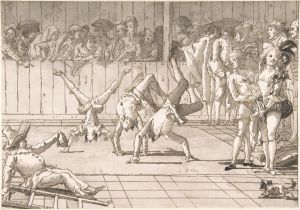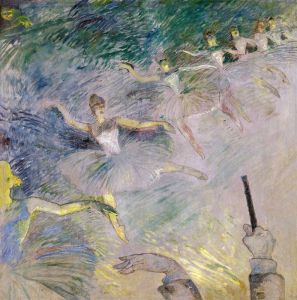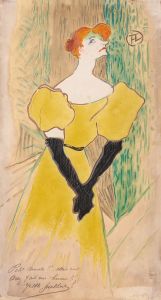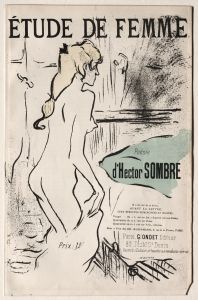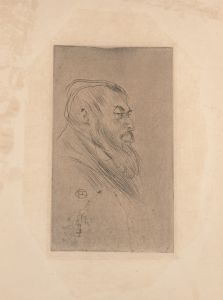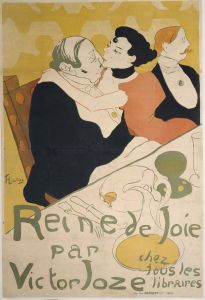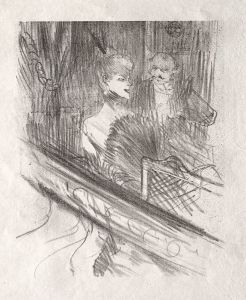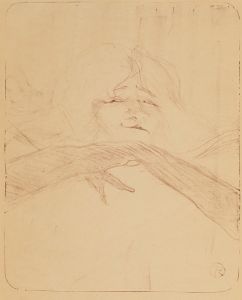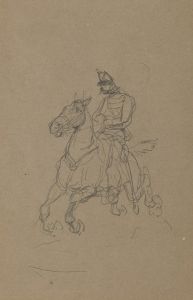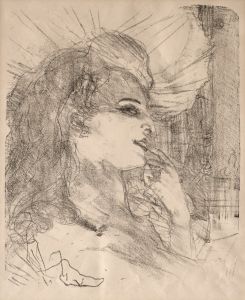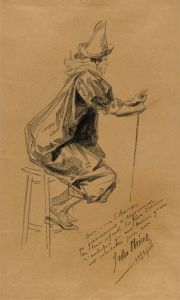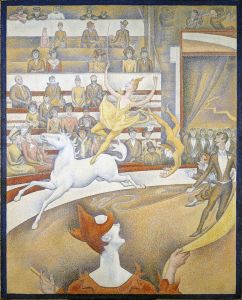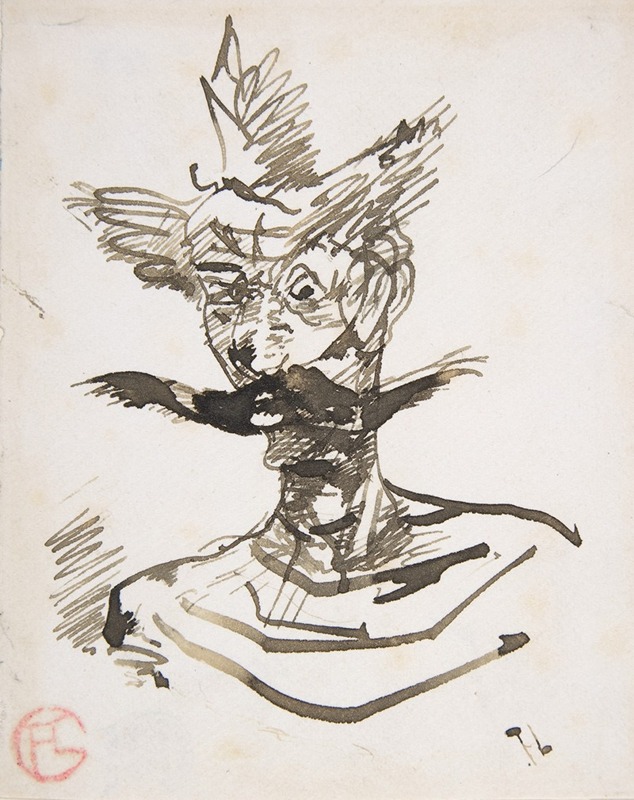
The Clown; M. Joret
A hand-painted replica of Henri de Toulouse-Lautrec’s masterpiece The Clown; M. Joret, meticulously crafted by professional artists to capture the true essence of the original. Each piece is created with museum-quality canvas and rare mineral pigments, carefully painted by experienced artists with delicate brushstrokes and rich, layered colors to perfectly recreate the texture of the original artwork. Unlike machine-printed reproductions, this hand-painted version brings the painting to life, infused with the artist’s emotions and skill in every stroke. Whether for personal collection or home decoration, it instantly elevates the artistic atmosphere of any space.
Henri de Toulouse-Lautrec, a prominent French painter, printmaker, draughtsman, and illustrator, created the artwork titled "The Clown; M. Joret" in 1896. Toulouse-Lautrec is renowned for his depictions of Parisian nightlife in the late 19th century, particularly the bohemian lifestyle of Montmartre, where he spent much of his career. His works often feature dancers, singers, and other performers from the cabarets and theaters of Paris.
"The Clown; M. Joret" is a portrait of a clown, a subject that Toulouse-Lautrec explored in several of his works. The painting captures the essence of the performer, M. Joret, who was a well-known clown during that period. Toulouse-Lautrec's interest in the world of entertainment and his ability to convey the personality and emotions of his subjects are evident in this piece.
In this portrait, Toulouse-Lautrec employs his characteristic style, which includes bold outlines, expressive brushstrokes, and a keen attention to detail. The clown is depicted in his costume, with a white face and exaggerated features, typical of the clown persona. The background is relatively simple, allowing the figure of M. Joret to stand out prominently. Toulouse-Lautrec's use of color and light adds depth and dimension to the painting, highlighting the textures of the costume and the facial expressions of the clown.
Toulouse-Lautrec's work is often associated with the Post-Impressionist movement, and his unique approach to portraiture and composition has influenced many artists. His ability to capture the spirit of his subjects, whether they were performers, aristocrats, or everyday people, has made his work enduringly popular.
"The Clown; M. Joret" is an example of Toulouse-Lautrec's fascination with the theatrical world and his skill in portraying the human condition. The painting reflects the artist's deep empathy for his subjects and his ability to convey their inner lives through his art. Toulouse-Lautrec's work provides a window into the vibrant and often tumultuous world of late 19th-century Paris, and "The Clown; M. Joret" is a testament to his talent and vision.
Today, Henri de Toulouse-Lautrec is celebrated as one of the most important artists of his time, and his works are held in major museums and collections around the world. "The Clown; M. Joret" remains a significant piece within his oeuvre, illustrating his mastery of portraiture and his enduring interest in the world of performance.





